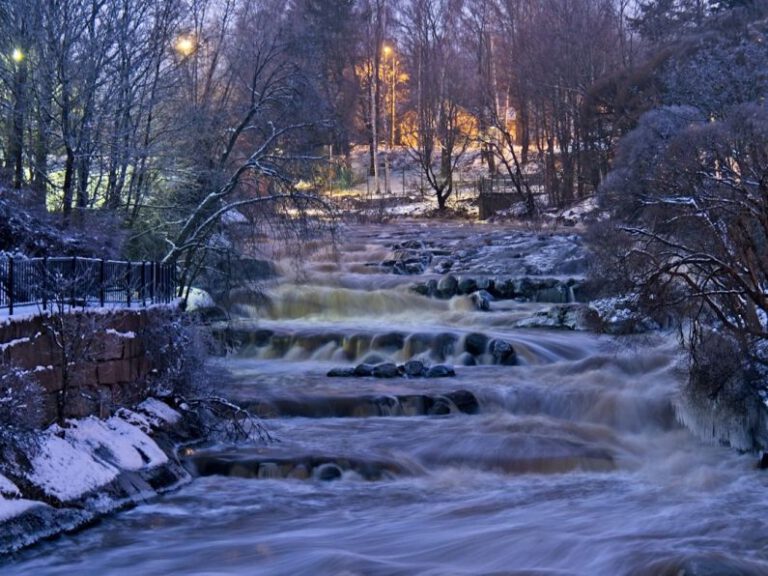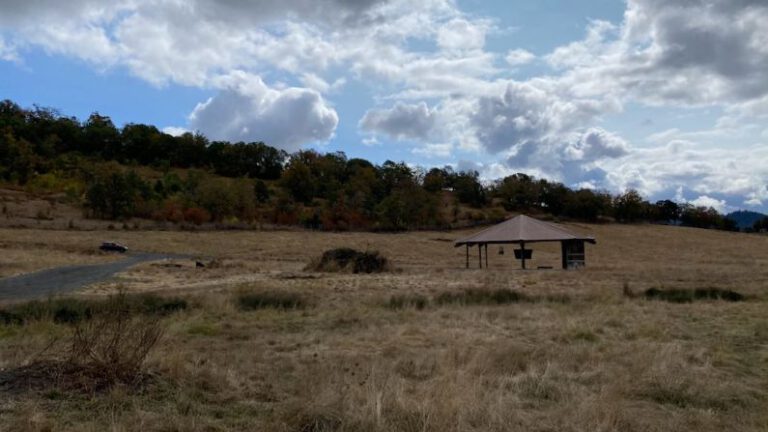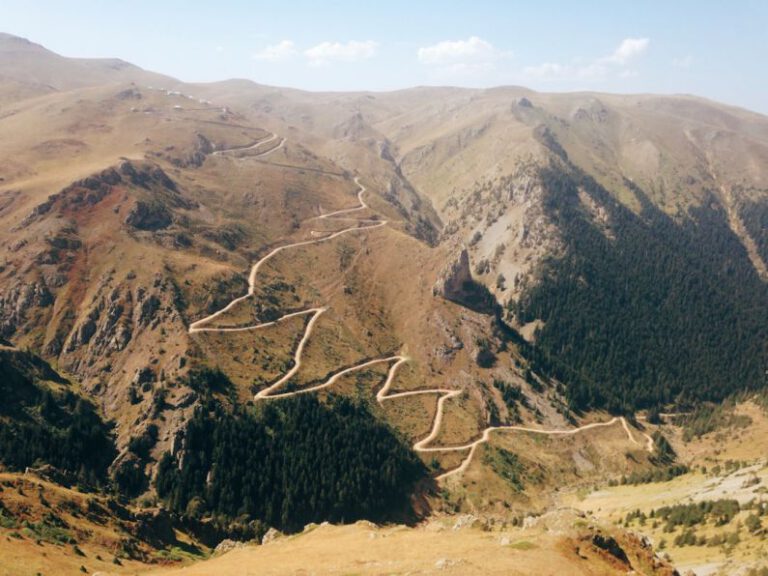Can You Walk the Ancient Pilgrimage Routes?
Embarking on a Journey Through Time: Can You Walk the Ancient Pilgrimage Routes?
Pilgrimage routes hold a unique allure, attracting travelers seeking spiritual enlightenment, cultural immersion, and a connection to history. The idea of retracing the steps of ancient pilgrims, walking along paths that have been traveled for centuries, is a tantalizing prospect for many. But can you truly walk the ancient pilgrimage routes, and what does it entail?
The Call of the Camino: The Way of St. James
One of the most famous pilgrimage routes in the world is the Camino de Santiago, also known as the Way of St. James. This network of trails leads to the Cathedral of Santiago de Compostela in northwestern Spain, where it is believed that the remains of the apostle St. James are buried. Walking the Camino is a transformative experience, with pilgrims from all walks of life coming together to share the journey.
The Camino offers a range of routes, with the Camino Francés being the most popular. This route spans over 500 miles and typically takes around 30 days to complete on foot. Pilgrims walk through diverse landscapes, from rolling hills to quaint villages, experiencing the hospitality of locals along the way. While the physical challenge of walking long distances each day is demanding, many find solace in the rhythm of the journey and the sense of accomplishment that comes with reaching Santiago de Compostela.
The Spiritual Quest: The Kumano Kodo
In Japan, the Kumano Kodo is a network of ancient pilgrimage routes that lead to the sacred sites of the Kumano Sanzan shrines. Designated as a UNESCO World Heritage site, the Kumano Kodo offers a spiritual journey through lush forests, mountain passes, and historic villages. Pilgrims can choose from a variety of trails, each offering a different perspective on the region’s rich cultural and religious heritage.
Walking the Kumano Kodo is a deeply spiritual experience, with pilgrims encouraged to reflect on their inner thoughts and connect with nature. The trails are well-maintained, but the rugged terrain and steep climbs can be challenging. Despite this, the sense of peace and tranquility that permeates the Kumano Kodo makes it a journey worth undertaking for those seeking spiritual renewal.
The Road Less Traveled: The Via Francigena
While the Camino de Santiago and the Kumano Kodo are well-known pilgrimage routes, the Via Francigena offers a quieter alternative for those looking to explore the lesser-known paths of Europe. This ancient route stretches from Canterbury in England to Rome in Italy, following in the footsteps of medieval pilgrims who made the journey to visit the tombs of St. Peter and St. Paul.
Walking the Via Francigena is a journey through history, with pilgrims passing through picturesque landscapes, historic towns, and cultural landmarks. The route is divided into stages, allowing travelers to customize their itinerary based on their preferences and fitness levels. While the Via Francigena may not have the same level of infrastructure as the Camino de Santiago, the sense of discovery and adventure it offers is unparalleled.
Embracing the Journey: The Power of Pilgrimage
Walking the ancient pilgrimage routes is not just about reaching a destination; it is about embracing the journey itself. It is a chance to slow down, disconnect from the distractions of modern life, and immerse yourself in the history and culture of the places you pass through. Whether you seek spiritual enlightenment, physical challenge, or simply a new perspective, walking a pilgrimage route can be a transformative experience.
In conclusion, while walking the ancient pilgrimage routes may require physical endurance and mental resilience, the rewards far outweigh the challenges. The sense of accomplishment, the connections made with fellow pilgrims, and the opportunity for self-reflection make these journeys truly special. So, can you walk the ancient pilgrimage routes? The answer lies in your willingness to step outside your comfort zone and embrace the unknown.






